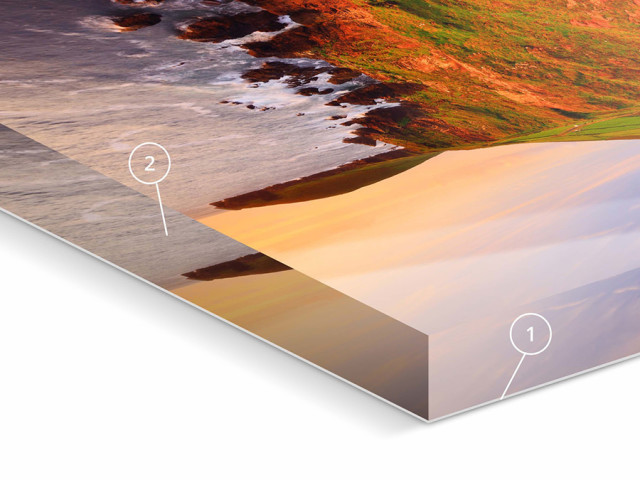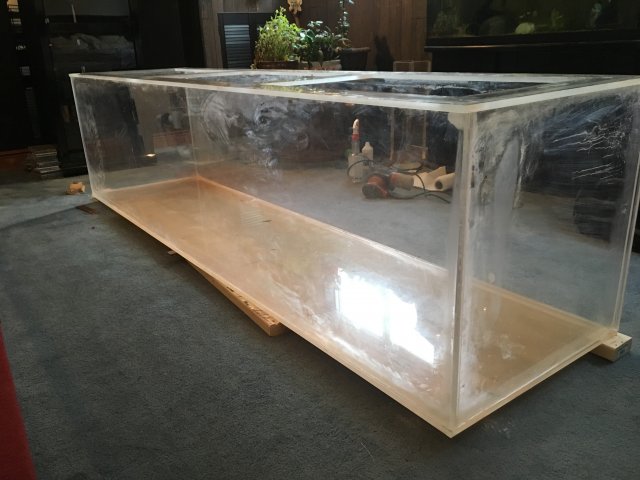Allow’s get this off the beaten track to start with. Plexiglass is a brand name. Like Kleenex or Band-Aids it is commonly replacemented for the name of the item. Kleenex is a brand of tissue, Band-Aids are a brand of large strips, and Plexiglass is a brand of acrylic.
When many people think of acrylic, the first thing that enters your mind is toughness. Contrasted to glass, polymer is basically unbreakable. When a framed piece is most likely to be moved a great deal, acrylic seems the evident option, and also when the thing is to be delivered, it appears a need.
It might come as a surprise to learn that if UPS or FedEx damage the glass in a mounted item and destroy the art work, they may not reimburse the marketplace value of the artwork. Rather, they may offer to reimburse only the value of the products made use of to develop the job; ie, the paint, the paper as well as the glass, a considerable loss of prospective worth. Acrylic will aid to avoid this catastrophe.
Yet, having stated that, in one regard acrylic is a lot more delicate than glass; it is quickly scratched. Also simply rubbing a scrunched paper towel across the surface area of acrylic can trigger light surface abrasions.
Consequently, a soft fabric is suggested when cleansing it, either a cotton rag or a specifically comprised paper towel like a Scott Wyp-All, which has the structure and feel of cotton. On top of that, plastic cleaner needs to be utilized to clean acrylic, never glass cleaner. Every one of which makes it bit extra involved to clean than glass.

But there is some excellent news when it concerns cleaning up acrylic. Acrylic is usually marketed clean. It features a safety plastic or paper mask over it, so when the mask is peeled off away, the acrylic is as tidy as it’s ever before going to be. Glass, on the other hand, is usually dirty when purchased. It generally has a coat of dirt on it which calls for duplicated and extensive cleaning to remove.
All that cleansing has other implications as well. Unbeknownst to most framers, wiping a dry paper towel consistently across the surface area of glass develops fixed fee. Fixed cost is the culprit that creates dust as well as dust to hold on to the within your glass.
If you’ve ever before had the experience of checking a polished and also framed item prior to putting it right into a frame, locating it accordingly without dust as well as dust, and afterwards loading as well as safeguarding it into the frame just to find, upon turning it over, that there are dirt fragments holding on to the within the glass, fixed cost is the issue.
To eliminate it, either stay clear of cleaning the glass to dry – leave it damp and allow it completely dry the remainder of the means by itself – or, even better, buy an anti-static brush. Brush the glass once with the anti-static brush to eliminate the fixed fee prior to loading the glass into the structure. Read more information on pmma in this article.
Acrylic is also worse than glass when it pertains to fixed charge. In fact, fixed fee is the solitary biggest drawback to acrylic. The good news is, however, the trouble is easily resolved by utilizing an anti-static brush right after eliminating the safety mask. This takes out the fixed cost without requiring the acrylic to be cleansed with an anti-static plastic cleaner, a process that appears unneeded given the reality that the polymer is already tidy when you buy it.
Now that we’ve attended to the solitary most significant drawback to acrylic, we should address its solitary greatest benefit. Compared to glass acrylic is incredibly lightweight. With bigger items, claim 24″x36″ and also bigger, glass can be dangerously heavy, triggering the framework to bow under the weight. Not only that, but glass can be harmful to deal with in those bigger dimensions, intimidating to bend and snap. Polymer is liked when framing bigger dimensions.
But the frustrating frailty of glass provides it at the very least one benefit over acrylic. Glass is reasonably simple to reduce. Reducing glass to size is a simple matter of scoring it with a Logan glass cutter and also breaking it easily at ball game.
Image framing quality acrylic, on the other hand, is close to the 1/8″ thick. At that thickness it is equivalent from glass in a frame, but its thickness makes it a struggle to rating as well as snap. Thinner polymers are readily available which can be scored and also snapped, yet they are unfavorable for photo framing since they look plasticky in the structure. The easiest way to cut image framework quality polymer is with a table saw. Leave the mask on and also run it via the saw. It cuts fine with a basic table saw blade.
Oh, and also one last thing. Polymer is a lot more expensive than glass. Considering that acrylic is a petroleum based product, it is vulnerable to oil rate spikes. Similar to gas, when the price of a barrel of oil goes up so does the rate of acrylic, but when the expense of a barrel drops, the price does not drop commensurately, which indicates you will certainly constantly pay more for acrylic.
When it comes to rate and simplicity of cutting, glass beats acrylic. Yet when it concerns longevity, tidiness and light weight acrylic wins every single time. There are advantages and disadvantages to glass as well as polymer. Depending on the situation one might be chosen over the other.


